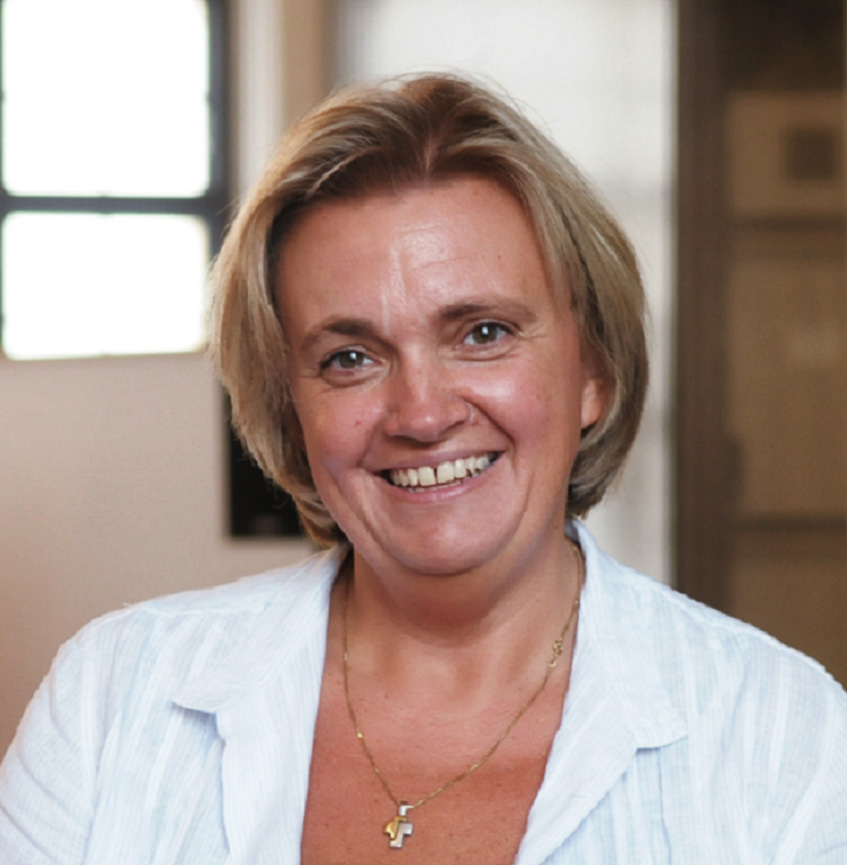WEAVE-Projekt: Between Intensification and Relativisation. Modalities and Mechanisms of Religious Change among Muslim and Christian Refugees from Syria in Germany, Austria and Switzerland

FWF WEAVE-project by Regina Polak
Project number: I 6833
Start: April 1, 2024
End: March 31, 2027
Funding amount: 270.965 €
This project investigates the spectrum of religiosity and the factors influencing religious change among Syrian refugees who have resettled in Germany, Austria, and Switzerland. It is a joint project with project partners located in Switzerland (Martin Baumann, Department for the Study of Religions, University of Lucerne, lead), Germany (Alexander-Kenneth Nagel, Department of Sociology, University of Göttingen) and Austria (Regina Polak, Institute of Practical Theology, University of Vienna). It is funded for three years (from 2024 until 2027) by the Swiss National Science Fund (SNF), the German Science Fund (DFG) and the Austrian Science Fund (FWF), through the Weave-scheme (https://weave-research.net/) [DOI: 10.55776/I6833].
The arrival of a large number of Syrian refugees, especially since 2015, has sparked intense political debates in many countries in Europe. The initial outpouring of solidarity with those fleeing the atrocities of war was, however, soon replaced by a very negative discourse. The great scale of refugees moving to central European countries was considered an unbearable burden on national asylum and welfare state systems, while Muslim men in particular, were often portrayed as being unable or unwilling to integrate in society and as potential security threats. Christian refugees from Syria, in comparison, were rarely singled out in such a way. As time went by and those debates ebbed down to a degree, negative stereotypes of the Syrian refugee population never completely faded away, even though most Syrians seem to have blended into the multicultural landscape of Western European societies (especially large, superdiverse cities, such as Bremen, Zurich and Vienna).
In this project, we ask how the religiosity of Syrian refugees (both Muslims and Christians) has changed after their resettlement to Germany, Austria and Switzerland. What are the modalities and mechanisms that drive these changes in their religious practice and religiosity? How do aspects like country context, socio-demographic characteristics, and refugee experiences influence religious change?
To investigate this, the project draws on theories of identity, focusing on identification processes and constructions of belonging. Furthermore, it considers theories of religious change, examining processes of relativisation (weakening religiosity) and intensification (strengthening religiosity). For data collection, we apply a qualitative mixed-methods approach, which relies upon interviews with Muslim and Christian Syrian refugees, expert interviews with migration and religion specialists and a participatory Photovoice approach.
The project is set up to compare religious change among Syrian refugees across three countries (Germany, Austria and Switzerland) with similar migration policies and anti-Muslim discourses but different state-religion relations. Germany and Switzerland lack formal structures for a federal recognition of religious communities, while Austria has well established cooperative structures. Based on these characteristics, as well as differences in national policies regarding asylum and integration, the comparison allow us to identify the impact of national contexts on religious change.
We expect the project to improve our understanding of the spectrum of religiosity among Syrian refugees in Western European societies. Furthermore, by considering both individual experiences and the broader social contexts, the project will shed light on the factors that influence religious change in the context of forced, cross-border migration. Finally, it aims at contributing to public debates about refugee integration and religion by providing nuanced, evidence-based knowledge on mechanisms and modalities of religious transformations among refugees from Syria in Germany, Austria and Switzerland.
For more information about the project, click here.
